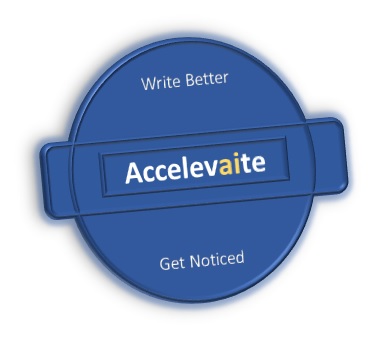On average a recruiter spend 6-8 seconds on a resume, to decide if they should read it.
On average about 11% of resumes are considered suitable for the roles applied for.
More statistics here.
Your resume has to be spot on, to go to the next level.
The big question is, how do you know that your resume is good enough for submission.
Note: Your resume can never be perfect. If you don’t believe this, take your best resume and send it to someone to take a look. I will give you $10 if they come back with no comments.
You need to have your resume at 80% completeness. The other 20% will come when you tailor it for submission to a particular position. That’s when the specific job related requirements, keywords and re-ordering come into play.
The following list contains all the sections you need in your resume. No more, no less.
Here is a cardinal rule of resume. One page for one decade of experience. Junior professionals and students – one page. Senior and mid-career professionals – 2 pages. No more than 2 pages.
Please also read the 3 mistakes to avoid on your resume at all costs.
- Name, contact:
Put down your name, location, telephone number and your email.
City and state are good enough. No need for exact home address.
Keep your email in the format [first name].[last name]@ xxxxmail.com
Your personal mobile phone is expected. Don’t use a phone that could be answered by someone else.
Do not include a photograph and other personal information such as gender, date of birth, etc.
2. Summary:
Keep this to 80 or max 100 words. Include your expertise, experience and achievements in this section. Only the top ones. Use starting clauses such as “deep experience in …”, “stellar track record in …”, “exceptional understanding of …”.
When tailoring to a specific job description, ensure that the keywords sought by the hiring manager (from the job description) are included in the summary section.
The summary section, by far, determines whether the reader will read the rest of your resume.
3. Core Competencies:
You can also call this a “Key Skillsets” section. Ideally a bulleted list, you can have this in a two-columnar form, or even a table.
Include skills and competencies that are expected in the role you are targeting. For technology roles, you can have databases, networking, operating systems, business applications, programming language, etc.
For business roles, you can have processes, solutions, customer engagement, team management, etc.
When tailoring to a specific job, ensure the right keywords are included. Also re-order the skills to position the required keywords at the top of the list.
4. Key Accomplishments:
Include between 5 and 7 accomplishment in bulleted form. Specify the value created, in the form of quantified benefits, such as “shortened average time taken by 20%”. Where application, indicate magnitude, like “led a team of 15” or “managed a $25 million annual budget”.
Use power words to start each accomplishment. Some examples are:
“Led a global team for…”
“Successfully managed…”
“Built a company-wide process for…”
Don’t include more than one bullet for the same type of accomplishment.
When tailoring to a specific job, ensure the first 3 accomplishments directly address the requirements in the job description.
(hint: if you cannot do this, then you are probably not a good fit for the job you are applying for).
5. Work Experience:
Each work experience should contain:
a. The name of the company.
b. Your title.
c. Description of the company. One sentence only, and if relevant.Start and end dates of employment (month and year are sufficient).
d. Bulleted list of achievements.
Ensure dates of employment are contiguous (i.e. no gaps). If there is a gap or more than 3 months, then you should explain. For example: May 2011 – August 2012 – Took time off for spending time with my grandparents. Or as relevant.
In the achievements bullets, list the activities you performed (not what the role is expected to do) and the end result (preferably quantified).
For example: “Led a global 18-month program with a 9-member team for re-designing XXX’s [company name] packaging process, resulting in 20% decreased use of non-recyclable materials”.
6. Education:
Start with the most recent one first.
Include university name, type of degree, month/year (from and to) or graduating month/year.
Optionally include field of study (especially if rare (e.g. city planning) or in vogue (e.g. artificial intelligence).
Include your GPA, if stellar, and other achievements such as Dean’s list.
For undergraduate students, move this section to the top of your resume.
And add a section for University Activities where you can list your areas of interest and the activities you participated in and teams you were part of.
7. Certifications:
Include if relevant for the position, such as PMP for Project Managers. You can also add this to the education section.
8. Other:
Include language proficiency, volunteering, any leadership initiatives (e.g. standing for local elections), causes you care about, etc.
9. Patents & Publications:
You can also include Patents in “Other”, if you don’t have my space in the 2-page resume.
For Ph.D’s and scientists, include all your publications in the Publication section and then the 2-page limit does not apply.
The above applies for most jobs, primarily in the United States. Other countries may have some additional, generally accepted concepts. Do research those.
The singular purpose of a resume is to get you that first screening call. Once you get that, then your resume has lived a successful life. Its mission is fulfilled.
Do check out the transformational job search strategy as well. Accelevaite guides and courses help you write better and get noticed. Better writing is a sure way to find your next job, get customers to take action and generally have your ideas and thoughts recognized.
